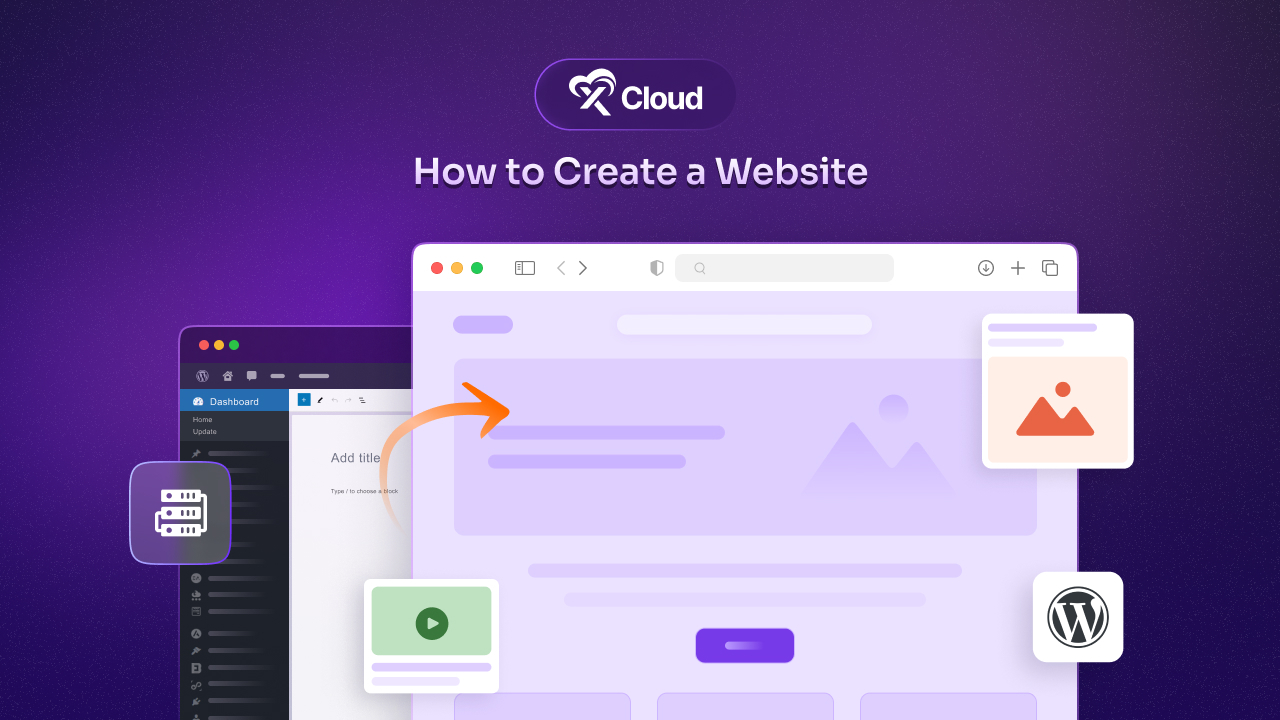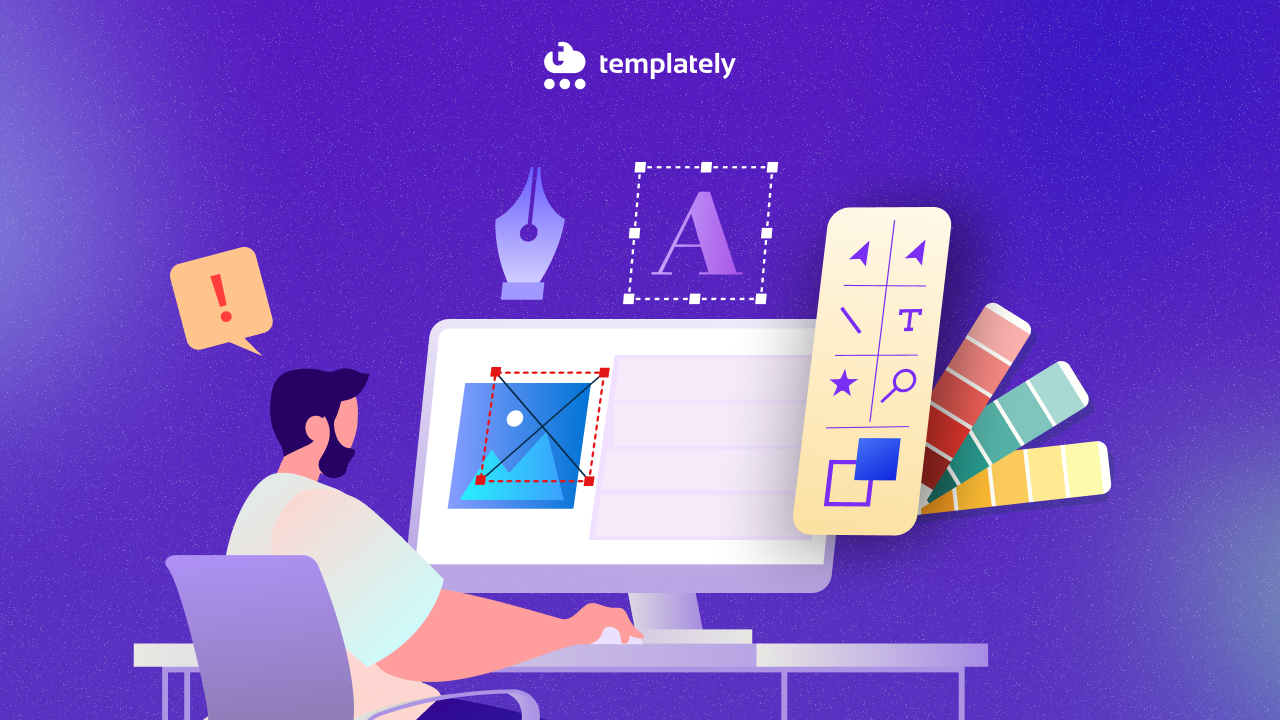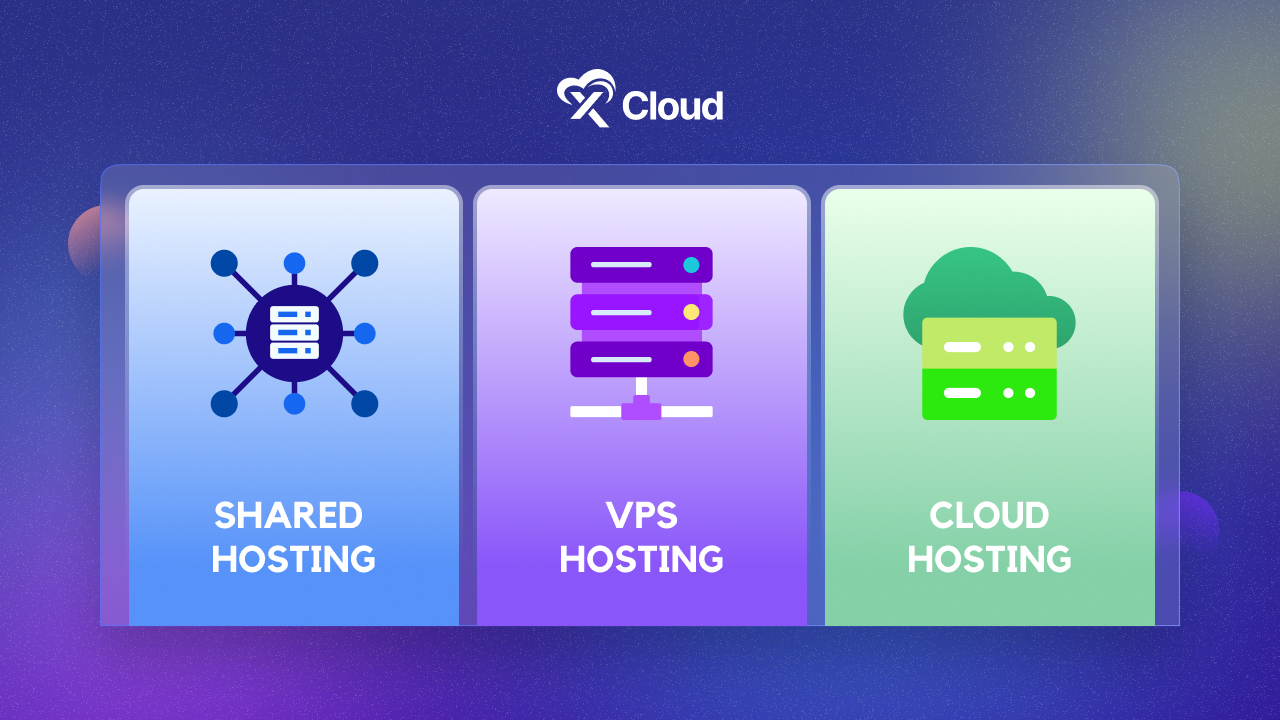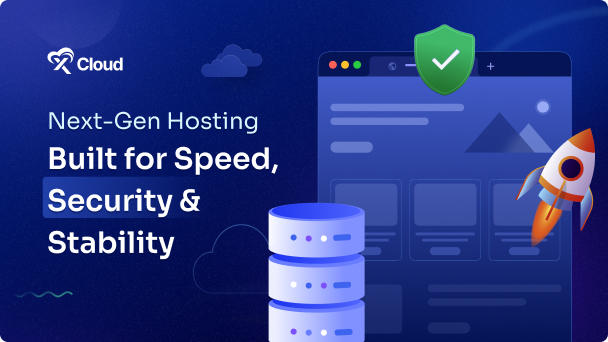Do you need a website to represent your blogs, business or organization? Having a website is no longer a luxury, it is a necessity. Just like a physical store was important in the past, a website is now essential for the growth of your business or organization. But are you wondering where to start and how to create a website in 2025? You have to come to the right place!
This blog will help you set up your server & steps to create a website. Get your website up and running to reach a global audience and boost your business.

Different Types of Websites to Create
Websites come in all shapes and sizes. There are informative blogs, visually stunning portfolios for artists and photographers, and user-friendly eCommerce stores to sell your products. Whether you are a creative entrepreneur, a freelancer, or even an individual with a passion for sharing, a website allows you to establish your online presence and reach a wider audience than ever before.
Why Should You Have a Website?
The benefits of having a website are numerous. It gives you complete control over your online narrative, allowing you to present yourself or your business in the best possible light. You can build brand recognition, establish yourself as an authority in your field, and connect with potential customers or collaborators – all through your website.
Steps Involved in Creating a Website
Creating a website might seem daunting at first. This comprehensive guide will walk you through the entire process, step-by-step. We will break it down into three manageable stages: planning, building, and launching your website.
The best part is that you do not need any coding experience to follow this guide. Anyone can create a professional and functional website using user-friendly website-building tools available today. Let us get started to learn how to create a website.
Step 1: Planning Your Website
Launching a website requires a clear vision. This section will guide you through the essential planning stages, from defining your website’s goals and identifying your target audience to choosing the right platform and structuring your content. Let us build a website that resonates with your visitors and achieves your objectives!
Define Your Website Goals

Your website’s goals serve as its roadmap to success. Just like any project, a website needs a clear direction to be effective. These goals should align with your overall business objectives, whether it is to showcase your creative work, sell products directly, or build a loyal following.
Clear goals are important because they provide focus for website development, content creation, and marketing efforts. A portfolio website for a photographer might aim to increase contact inquiries from potential clients, while an eCommerce store might set a goal to boost conversion rates. You can track your progress and make adjustments as needed by setting specific, measurable goals.
Identify Your Target Audience
Imagine crafting a message in a crowded room without knowing who you are trying to reach. Targeting the right audience is equally important for your website. Understanding your ideal visitor allows you to tailor your content, messaging, and overall design to resonate with their interests and needs.
Why is audience identification crucial? You can speak directly to their problems and desires, increasing engagement and achieving your website goals by knowing who you are targeting. For instance, a website selling fitness trackers would not use the same tone or language as one aimed at professional accountants.
So, how do you define your target audience? Consider demographics like age, location, and income. What are their interests and hobbies? What online platforms do they frequent? You can create a profile of your ideal visitor and personalize your website experience to effectively connect with them by pinpointing these characteristics.
Choosing a Website Platform
When it comes to building a website, two main options stand out: website builders and content management systems (CMS). Website builders are perfect for beginners. They offer user-friendly interfaces, often with drag-and-drop functionality, making the process of creating and editing your site a breeze.
However, this ease of use comes with a trade-off. website builders typically limit how much you can customize the design and functionality of your site. On the other hand, CMS platforms like WordPress offer far more control and flexibility. You can deeply customize your website’s look and feel, and extend its functionality with plugins.
However, this power comes with a steeper learning curve. Setting up and managing a CMS website requires more technical knowledge. Of course, there is always the option of coding your website from scratch. This offers ultimate control but is generally reserved for developers due to the high technical barrier.
For most beginners, user-friendly website builders like Wix, Squarespace, or WordPress.com are the way to go. They offer a great balance between ease of use and customization, allowing you to create a professional-looking website without needing coding expertise.
Plan Website Structure
A well-organized website structure is like a roadmap for your visitors. It helps them find what they need quickly and keeps them engaged.

Start with essential pages like Home, About Us, Contact, and Services/Products. These provide a foundation for any website. For specific goals, add relevant pages like a portfolio for creatives, a blog for content marketing, or an online store for eCommerce. Planning your structure beforehand ensures a smooth user experience and a clear path towards your website’s goals.
Step 2: Setting Up Your Website

Now that you have solidified your website’s purpose and target audience, it is time to bring your vision to life! Constructing your website involves several key considerations:
Choose a Domain Name
This is your website’s unique address on the internet, like “startise.com“. Choose a memorable and relevant domain name that reflects your brand identity. Many website builders offer domain registration services within their platform, simplifying the process.
Choose a Website Hosting

This is the service that stores your website’s data and makes it accessible to visitors online. Think of it as the foundation of your virtual building. For beginners seeking a user-friendly solution, consider xCloud hosting. xCloud’s hosting plans provide reliable and secure hosting specifically optimized for WordPress websites. It handles server maintenance and security updates, allowing you to focus on creating amazing content.
Website Development

This is the process of building the structure and functionality of your website. For those with coding expertise, this can be done from scratch. However, there are easier solutions for beginners. Services like Templately offer a vast library of pre-designed website templates suitable for various purposes. These templates can be easily customized with drag-and-drop functionality, allowing you to create a professional-looking website without writing a single line of code.
Step 3: Launching Your Website

This is your final move toward creating a website. After planning and building your website it is time to bring life to your website by making it live.
Website Deployment
Once your website is designed and developed, it is time to make it live! This involves uploading your website files to your chosen hosting provider. Most website builders offer one-click deployment options, making this process effortless. For those using self-hosting solutions like xCloud, their user-friendly interface and customer support make deployment smooth and straightforward.
Remember, choosing the right tools for each stage simplifies website creation. Whether you use a website builder’s all-inclusive package or leverage dedicated services like Templately for design and xCloud for hosting, building your website does not have to be a complex undertaking.
Build Your Website Empire: A Complete Guide from Scratch
Creating a website is an achievable goal for anyone, regardless of technical expertise. You now have the skills necessary to handle every stage of the process, from determining the goal of your website to putting it live.
You can build your website empire and establish a strong online presence with user-friendly website builders and readily available resources. Now go ahead and begin building the website of your dreams!
If you want to read more blogs like this one to enrich your site-building experience subscribe to our blogs. And join our Facebook community to connect people with common interests.







































